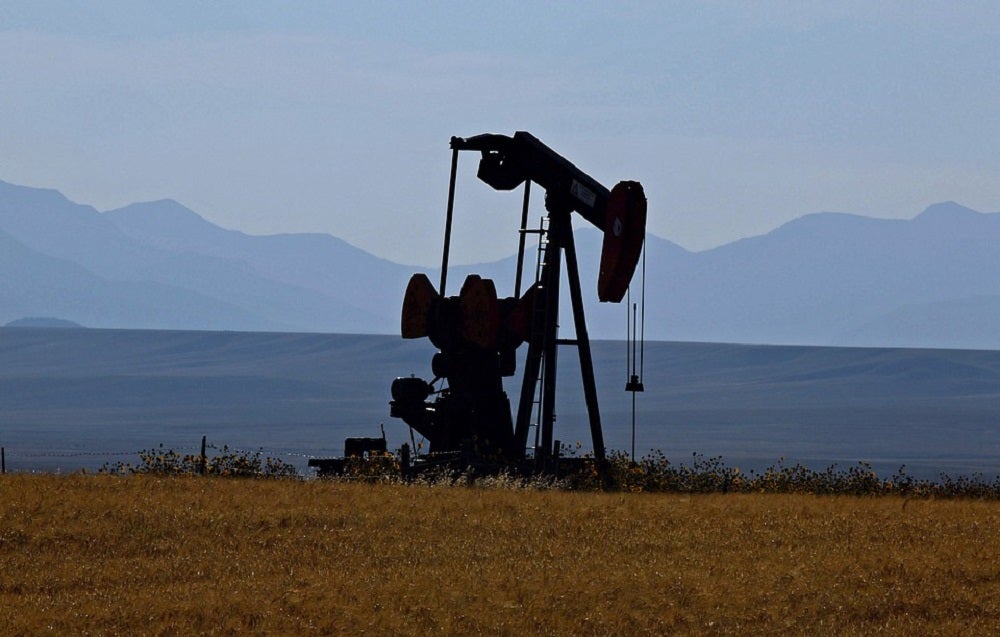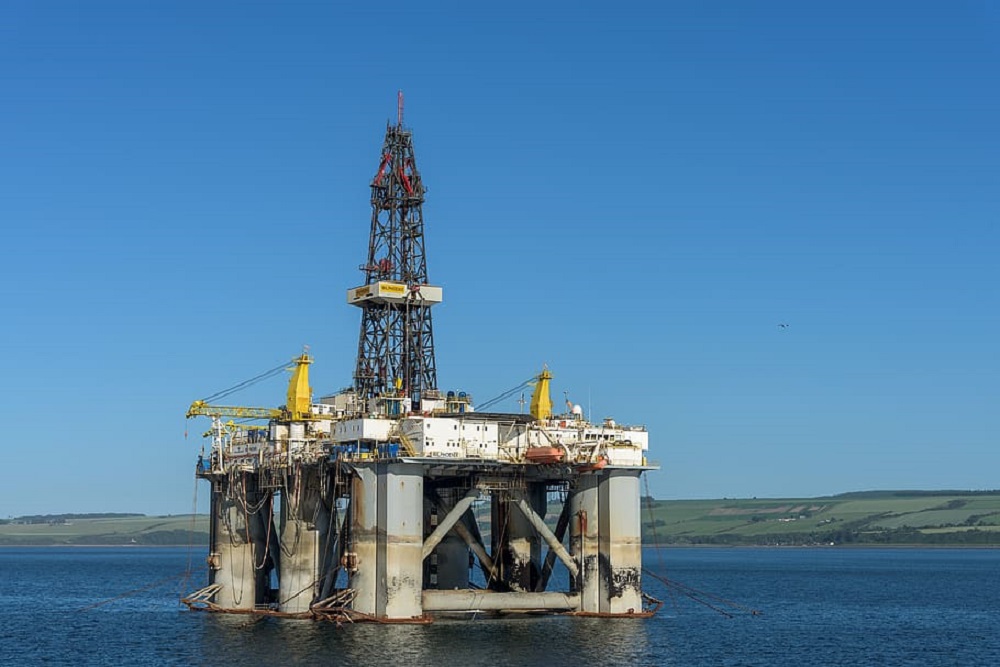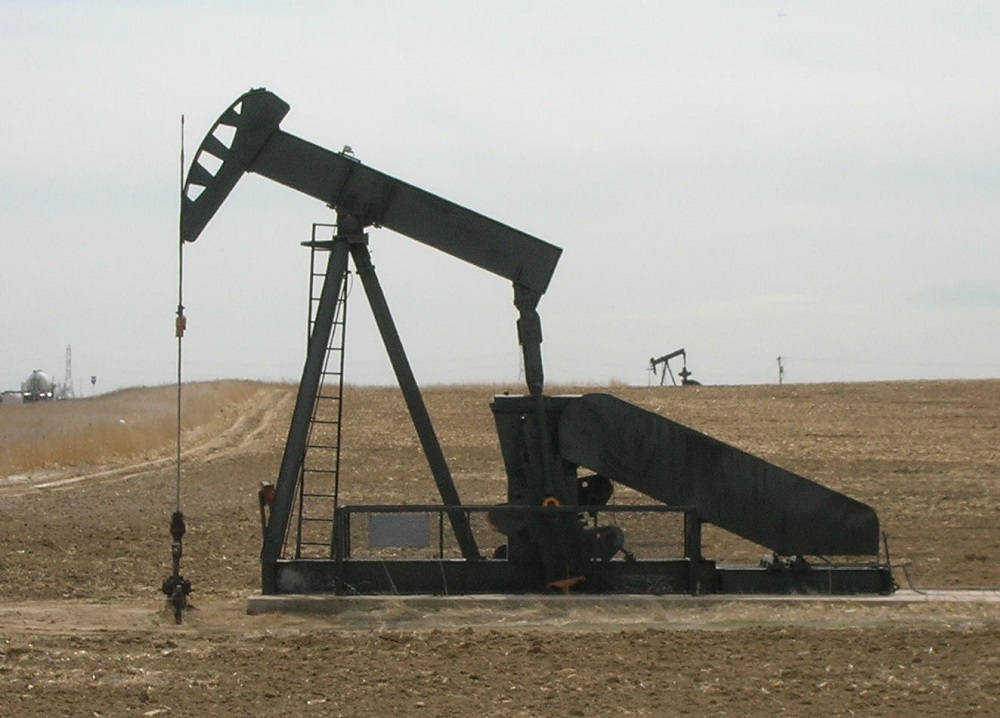
The International Energy Agency (IEA) has predicted major challenges ahead for OPEC (Organization of the Petroleum Exporting Countries) and its oil-generating allies.
The Paris-based IEA, an intergovernmental body that works to ensure reliable, affordable and clean energy, said in its latest oil markets report that demand for OPEC’s crude oil will fall sharply due to increased production from non-member rivals.
Ehsan Ul-Haq, lead oil research analyst at financial markets data and infrastructure firm Refinitiv, believes a shortage of infrastructure could have implications on major oil-producing countries.
He said: “Oil supply will certainly face headwinds, as the lack of infrastructure could limit supply growth in countries such as Canada, but also the US.
“Similarly, low oil prices could increase the debt of smaller shale oil players.
“But oil majors such as Chevron and ExxonMobil are producing a big chunk of shale oil and they can endure lower oil prices for several years.
“Nevertheless, they must look at shareholders’ value in the long run.”
Oil production figures for OPEC in 2019
The IEA’s report comes ahead of a meeting between senior figures from OPEC and its ally nations within the oil industry in Vienna next month.
The countries have agreed to cut output by 1.2 million barrels a day (mb/d) until March next year, to prevent a glut in oil production.
But the IEA predicts demand for OPEC crude will continue to decrease over the next few months.
It believes non-OPEC countries will grow production by 2.3 mb/d, taking total supply from these producers to 67.1m b/d next year.

The US will lead the way, but significant growth will also be recorded by smaller nations.
This follows the IEA’s claim in its annual Energy Outlook that US shale-oil production will impact on global energy markets in the coming years, boosting the country’s influence over OPEC nations.
Ul-Haq said: “With most forecasting agencies now expecting oil demand to peak in 2030 or a few years afterwards, OPEC is facing a serious challenge despite Iran and Venezuela facing US sanctions.
“Oil output increases are likely to come from Norway, Brazil and Guyana, yet big oil finds are becoming scarcer.”
The body expects global refinery to rebound in 2020, after a pause in growth this year.
While its oil demand growth estimate for 2019 is essentially unchanged at 1 mb/d, the volume of crude oil used by refiners and for direct burn in power generation declined by 300 kb/d through the third quarter of 2019.
There has been a seasonal surge in refinery runs towards the end of 2019, but crude oil demand for the year as a whole is still expected to decline by 90 kb/d — the first drop since 2009.
Oil demand growth next year
The energy agency forecasts that oil demand growth will be unchanged in 2020 at 1.2 mb/d.
This is based partly on the expectation of a 3.4% GDP growth by the International Monetary Fund (IMF).
But the IEA has questioned the health of the global economy, with ongoing issues surrounding the trade dispute between China and the US.

This year has seen a significant difference in demand growth between the two biggest oil markets.
In the US, there has been almost no growth in the first three quarters of 2019, while China has grown by 0.6 mb/d on average.
Moving into 2020, the IEA predicts US growth to pick up to 190 kb/d while China slows to 375 kb/d.
Ul-Haq said: “Oil demand will depend on economic growth in the long run, which relies on trade.
“There is a need to bring down trade barriers in order to support oil demand growth; otherwise, protectionism will not only hinder expansion in developed countries but also in underdeveloped countries, where the future of demand growth lies.”






